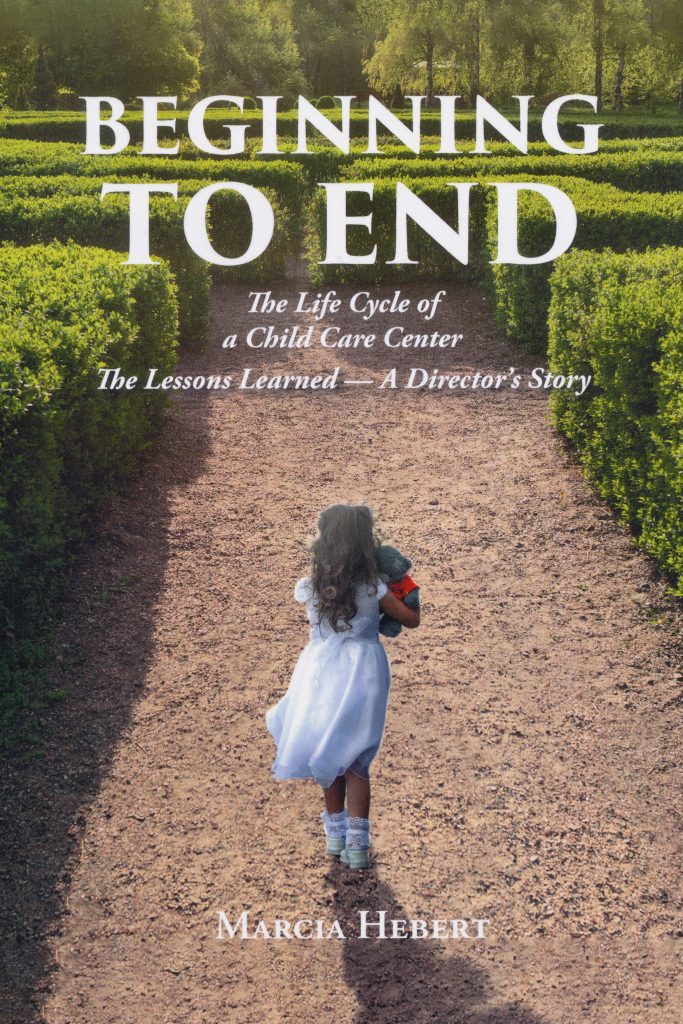In my chapter about change in Beginning to End, I touched on many areas of potential upheaval for either my team, the children, or their parents. It always involved a change of some sort. I had learned that people experience change in such different ways—some embrace it and enjoy the process; some dread it, but will accept it; some will resist it as long as they can; and some cannot handle change at all—and leave. As director, I witnessed each. This caused me to think very carefully about how to present changes in my programs—and make them as gradual as I could.
So, when it came to children moving up to the next age group each September, we created a thoughtful and gradual transition for both the children and their parents.
At the beginning of June each year, I sent parents a letter with their packet of transition information. I explained the transition paperwork and process in great detail, so that all questions would hopefully be answered, and parents would feel at ease about the upcoming change. It would be orderly and designed with the child’s and parent’s needs in mind.
The packet included:
- The child’s new home base and a classroom list—the names of the children and teachers.
- A letter of introduction from each of the child’s new teachers—their teaching credentials, as well as a few personal tidbits that could be a conversation-starter with a new family.
- A transition questionnaire helped us to learn about other family members; languages spoken at home; health issues we should be aware of; allergies; food likes and dislikes; the child’s sleep routine; favorite and least favorite activities; a special item that would bring comfort; any special words used by the child to describe his needs; the child’s reaction to morning separation; previous child care experience, to include the names of any caregivers or relatives the child may talk about; and anything else parents would like us to know about their child—including any concerns the parent had about this transition. All of these answers were starting points to many ongoing conversations. And, long before the child was in the new classroom, teachers and parents had already begun to build their relationship! Such a comforting way to make this change!
- Transition suggestions gave parents tips on how to make this change as positive as possible for all. For example, trying to spend a little extra time with the child at drop-off or pick-up during the first few days; perhaps picking up a little earlier as well; remembering that transitions can sometimes be stressful for children—tiredness, frustration, regressions are all normal and will ease; that the child’s understanding of time is much different from ours, and that talking about the changes too early may cause the child to become confused or anxious as she waits. The suggestions were always helpful—and appreciated.
- Throughout the summer, children would have many informal opportunities to visit the new classroom and get to know the teachers. And these new teachers would also visit the children in their current classrooms. As well, both old and new teachers met several times to share relevant information about each child’s routines, likes, dislikes, special qualities, etc.
- In August, parents were invited to a brown bag lunch with the new classroom teachers and their program coordinator. This was an opportunity to discuss the new environment, the people, the daily schedule, the routines, and the curriculum.
- The three days of transition (which happened just before the long Labor Day weekend) were the formal visits to the new classroom. For three mornings after breakfast, children went to their new classrooms to became familiar with that environment and the different parts of the day, with their new teachers. By the third day, they were usually ready to stay!
And on the Tuesday, following Labor Day in September, children and parents went directly to their new classrooms! Transition accomplished!
This change was now behind us! We could all move on.
My job as director was to get ready for the next change, for there would always be another.
“The art of life is a constant readjustment to our surroundings.”
Kakuzo Okakurah
I couldn’t have said it better!
If you have other questions about transitions or making changes in general, just send me an email through the contact page. This blog and this book are meant to be shared with others, especially those who have chosen the leadership path. So, please pass on the links! Much appreciated!
Early Childhood Leadership blog—www.marciahebert.com
Here’s the link to the book: Beginning to End: The Life Cycle of a Child Care Center—A Director’s Story, available on Amazon.com.

